Brace yourselves: I have not seen the original version of the film “54.”
When I heard that the Seattle International Film Festival would be screening a director’s cut of the film, I decided I would see it for the first time as it was intended to be: with writer/director Mark Christopher’s original vision. This vision included previously cut footage, more sexy disco depravity, and an unreleased scene portraying a kiss between the male protagonist and his best buddy.
For those like me who had not watched the theatrical release, the film is an admiring and admonishing glimpse of disco life and the illustrious Studio 54, as depicted through the character Shane O’Shea, played by 90s heartthrob Ryan Phillippe. The film opens with O’Shea sneaking out from his New Jersey suburb to New York City with his pals. O’Shea has dreams. He wants to live. He’s too big for this town. Yada yada yada. O’Shea is allowed into the exclusive dance club based on his boyish innocence and his flat abs, leaving his friends behind. He’s hesitant and fearful to enter alone, but he’s soon enchanted by the lights and music and celebrities, returning nights later to land a job.
The story relishes in the excitement of the disco era of the late 1970s/early 1980s, following the conflict that develops between O’Shea and his new coworkers-turned-roommates, a young straight married couple played by the charming Salma Hayek and hunk Breckin Meyer. O’Shea hungrily seeks fame and prestige as he ambitiously climbs the insular business’ corporate ladder, but wishes for closeness and intimacy from those around him. Hazed in the renown and intoxicants of Studio 54, he slowly (and I mean slowly) realizes he can’t satisfy both needs.
 The movie was not wildly successful upon its release in 1998. Despite timely 90s stars like Neve Campbell and Mike Meyers (in addition to the actors listed above) “54” received lackluster reviews and failed to drum up strong viewership. While the original was dismissed by conservative critics for its depictions of debauched nightlife and its gay partygoer b-roll, it was later challenged by queer viewers as watering down its original queer intent and not going far enough. Mark Christopher explained to the SIFF audience that the character was always intended to explore his bisexuality in the film, but Miramax forced 45 minutes of the film to be removed, and 25 minutes to be re-shot. An exceptional, underrated performance by Sela Ward as O’Shea’s celebrity sugarmama was not enough to grant the film notoriety.
The movie was not wildly successful upon its release in 1998. Despite timely 90s stars like Neve Campbell and Mike Meyers (in addition to the actors listed above) “54” received lackluster reviews and failed to drum up strong viewership. While the original was dismissed by conservative critics for its depictions of debauched nightlife and its gay partygoer b-roll, it was later challenged by queer viewers as watering down its original queer intent and not going far enough. Mark Christopher explained to the SIFF audience that the character was always intended to explore his bisexuality in the film, but Miramax forced 45 minutes of the film to be removed, and 25 minutes to be re-shot. An exceptional, underrated performance by Sela Ward as O’Shea’s celebrity sugarmama was not enough to grant the film notoriety.
So what makes the director’s cut different? Aside from the gritty “lost” footage that literally looks like it was recorded in 1979 due to age damage, the story is much richer. O’Shea is shown to explore his sexuality with many male and female club clienteles, the secondary characters’ actions become more desperate in order to “make it” in the scene, and the relationships develop more roundly with affection, violence, and information that was previously stripped from the first release.
Despite the additional footage, the director’s cut isn’t enough to rejuvenate the film’s distribution. The story unfolds predictably and hyperbolically, the flow got off to a rocky start, and the characters still weren’t all that interesting by the end of the film. But had Mark Campbell’s original vision been approved for theatrical release in 1998, this would have been a groundbreaking queer picture predating big mainstream releases like “Brokeback Mountain” and “Milk.” Though it may be underwhelming for today’s young people, the film is worth seeing if you have fond memories of disco, or of the original theatrical release.
Did you see the film? Share your thoughts in the comments below, on social media, or email me at ryan@seattlegayscene.com.
San Francisco readers can catch “54: The Director’s Cut” at the Frameline Film Festival on June 26th at The Castro.
Los Angelenos can do the same on Thursday, July 16 at the Outfest Film Festival…tickets HERE!


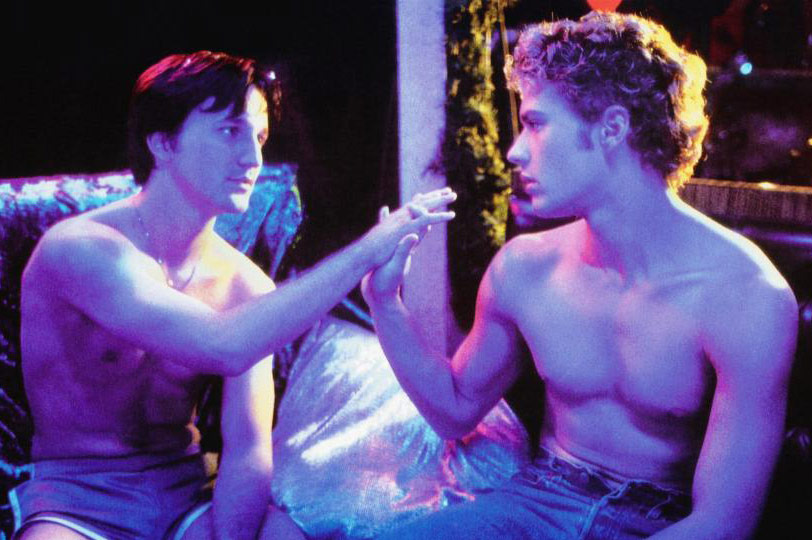
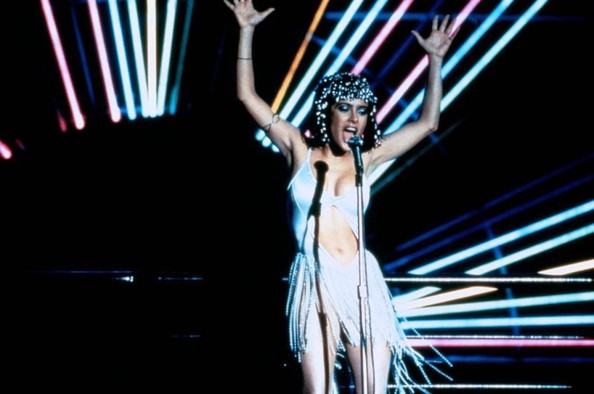



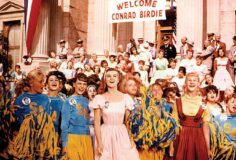
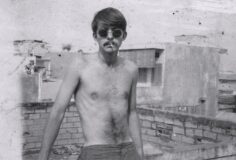








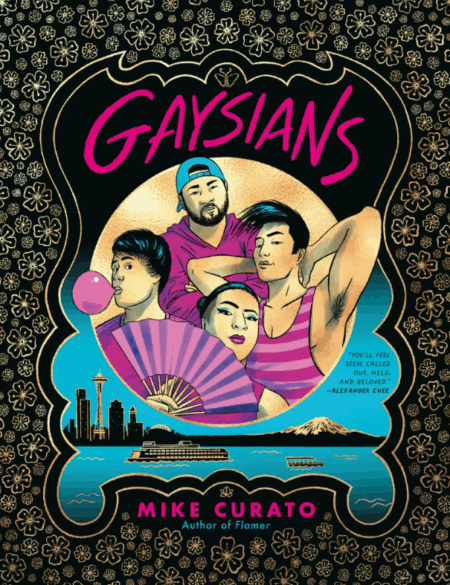

You might have done a better review if you knew Mark’s last name is Christopher, not Campbell.